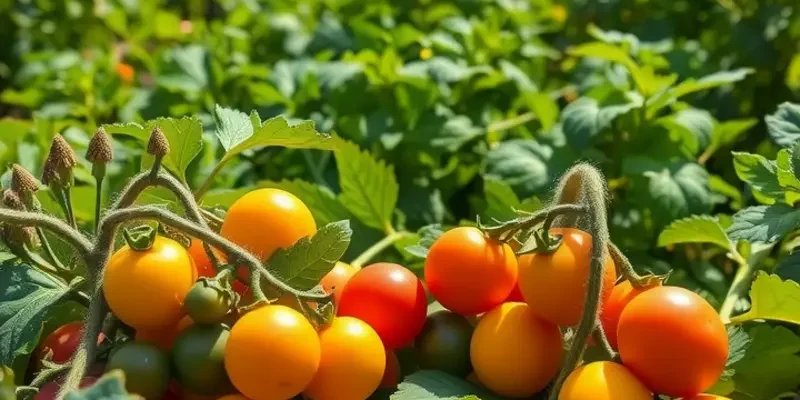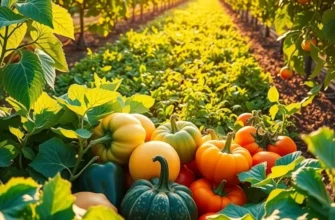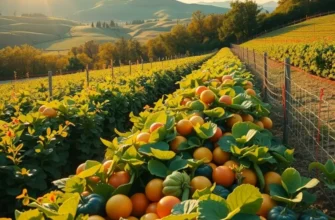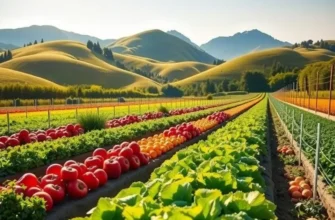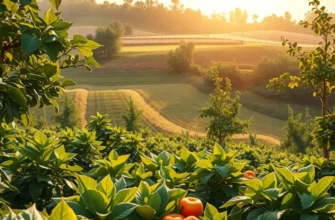Choosing the right foods can significantly impact our environment, especially when it comes to supporting vital pollinator populations. Every bite we take can either contribute to or hinder the health of the ecosystems that sustain us. Pollinators like bees, butterflies, and birds are crucial for the reproduction of many plants, which in turn provide us with food, oxygen, and the beauty of nature. By making informed dietary choices, we can nurture these essential creatures and foster healthy habitats.
The Bounty of Pollinator-Friendly Foods
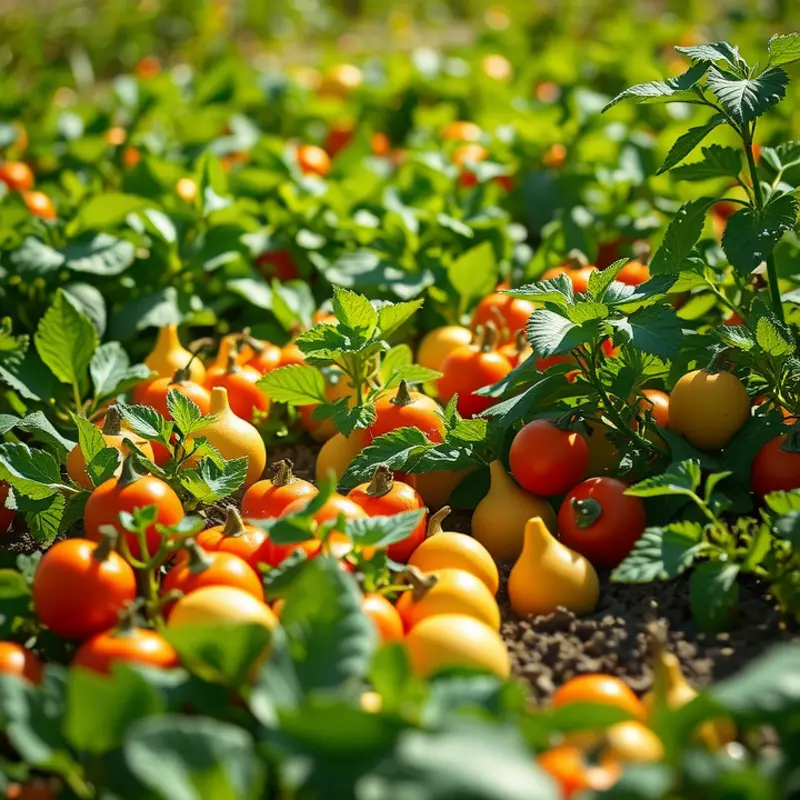
Choosing foods that support pollinator habitats can greatly enhance biodiversity and offer mutual benefits for ecosystems. Seasonal fruits, vegetables, and herbs are not only delicious and nutritious, but they also play a pivotal role in creating diverse habitats for these vital species.
Fruits such as apples, blueberries, and cherries thrive through the diligent work of pollinators. Their blooms provide nectar and pollen, vital nutrients for bees and other insects. Opting for organic and locally grown produce enhances this relationship by avoiding pesticides that harm beneficial insects.
Vegetables like squash, cucumbers, and tomatoes rely on pollinators for fruiting. By cultivating or purchasing these from organic farms, consumers can help maintain populations of pollinators. Such choices also promote healthier soil and reduced environmental impact.
Herbs like rosemary, thyme, and lavender are double-duty plants. They not only flavor our meals but their flowers support bees, butterflies, and hummingbirds. Including these herbs in gardens or choosing them at markets encourages pollinator-friendly spaces.
The impact of our food choices extends to food security. Supporting local farmers who use pollinator-friendly practices helps ensure a stable food supply, reducing dependency on global food chains. Moreover, it strengthens local economies.
Ranking foods based on their impact on pollinators can guide consumers. High-impact choices like organically grown berries or loose-leaf lettuces support healthier habitats. Moderate-impact options such as conventionally grown almonds—in need of intensive pollination—benefit from informed consumer demands for fewer chemicals and more sustainable practices.
Educating ourselves about these foods empowers us to take meaningful action. By understanding which plants bolster pollinator habitats, we make informed decisions that contribute to sustainability. The relationship between our food sources and pollinators is indirect yet profound.
When planning meals, consider embracing ingredients that support biodiversity. Visit farmer’s markets to learn from growers about their practices. Choose offerings in season to minimize environmental strain while enjoying peak flavors. For more on related eco-friendly practices, explore eco-smart kitchen storage.
Ultimately, our food choices reflect our values. By selecting pollinator-friendly foods, we not only nourish ourselves but also cultivate an environment where pollinators, and in turn, humanity, can thrive.
Creating a Pollinator Paradise in Your Eateries

Incorporating foods that benefit pollinator habitats begins in your own kitchen and garden. Start by designing meals and snacks around pollinator-friendly foods. By choosing seasonal ingredients, you can ensure both freshness and ecological harmony.
One practical approach is planting nectar-rich flowers, like lavender and sunflowers, that are well-loved by bees and butterflies. Not only do they brighten up your garden, but they also serve as essential food sources for pollinators.
To bring pollinator-friendly foods into your meals, consider these simple yet satisfying recipes:
-
Lavender Lemonade: Brew this delightful drink by steeping lavender in boiling water, then combining with freshly squeezed lemon juice and a touch of honey. It is a refreshing treat perfect for warm days and encourages the growth of nectar-providing plants.
-
Sunflower Seed Pesto: Blend toasted sunflower seeds, fresh basil, garlic, olive oil, and a sprinkle of nutritional yeast for a nutty, earthy pesto. This can be served with pasta or as a dip, showcasing sunflower’s ecological and culinary versatility.
Growing your own herbs and vegetables offers dual benefits. You gain fresh produce while creating vibrant ecosystems. Start with easy-to-grow options like mint, rosemary, and thyme. These herbs not only enhance your culinary creations but also attract diverse pollinators.
Mint spreads quickly and can thrive in a pot, making it perfect for container gardens. Its strong fragrance draws bees and butterflies. Rosemary, a robust perennial, offers year-round blooms in mild climates, supporting pollinators throughout different seasons.
Emphasize sustainability by choosing native plants. These plants, adapted to your local environment, require less water and support local bees and butterflies. If you’re limited on space, transform your balcony using vertical planting techniques. Hanging baskets and tiered planters maximize limited areas while providing pollinators with much-needed resources.
Compost your kitchen scraps to enrich garden soil naturally. This practice reduces waste and lowers dependence on chemical fertilizers, fostering a thriving pollinator habitat in your garden. For tips on reducing food waste through composting, explore low-waste cooking preparation.
Pollinator-friendly gardening equates to mindful eating. By selecting and growing the right plants, you create synergy between culinary delight and ecological stewardship. With minimal effort, your home can transform into a sanctuary for these vital creatures, ensuring their survival and enriching your diet.
Final words
The food choices we make can contribute positively to the environment by nurturing vital pollinator habitats. By selecting a diverse range of pollinator-friendly foods and engaging in sustainable practices, each of us can significantly impact biodiversity. Not only do we benefit from nutritious, seasonal produce, but we also protect the essential pollinators that play a critical role in maintaining our ecosystems. Every meal is an opportunity to promote environmental health, ensuring a vibrant planet for future generations. Let’s take these simple steps together for a more sustainable world.

